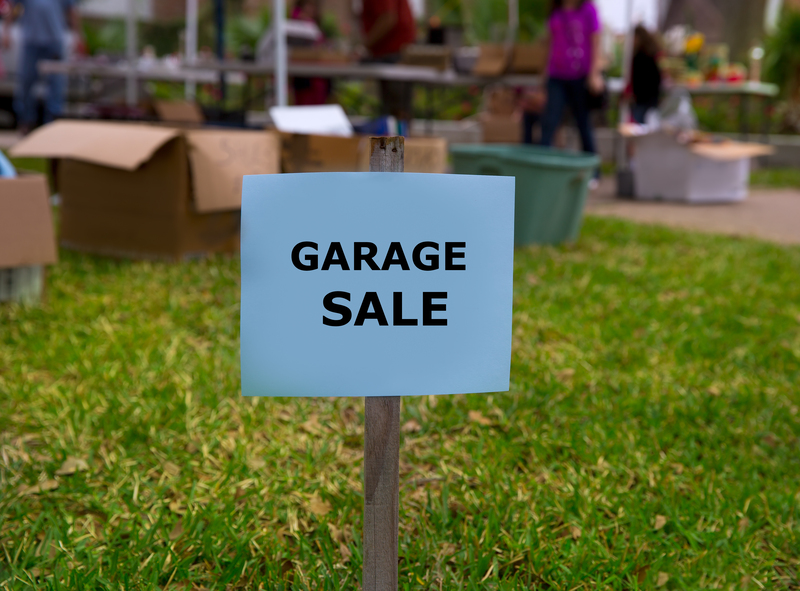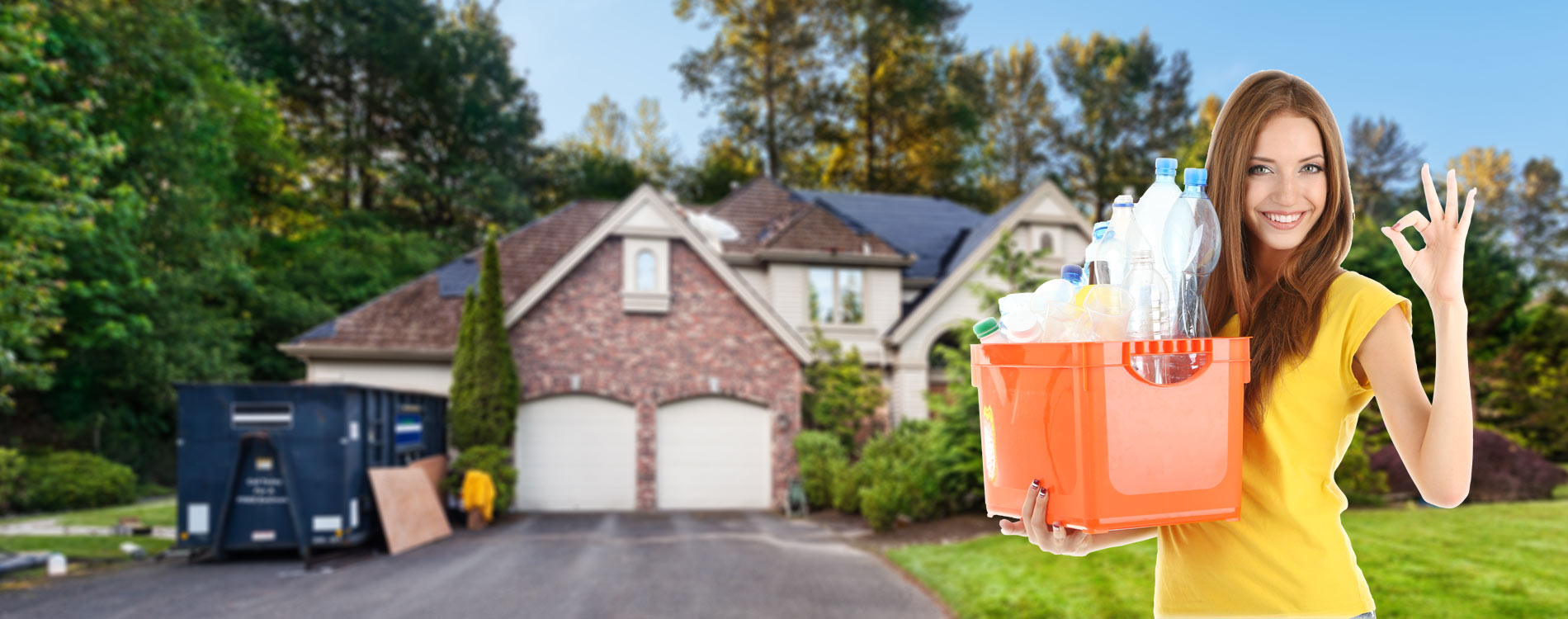Low-Impact Packaging Ideas
Posted on 11/03/2025
As the world becomes increasingly aware of the environmental consequences of waste, the quest for sustainability has moved to the forefront of many industries. One significant area where we can make a substantial difference is in packaging. Low-impact packaging is a concept that focuses on reducing the environmental footprint of packaging materials and methods. It is an innovation driven by the need for responsible consumption and waste management. This article highlights some of the most effective low-impact packaging ideas, which can help companies and consumers make more eco-friendly choices.
Understanding Low-Impact Packaging
Low-impact packaging is designed to minimize the adverse effects on the environment throughout its lifecycle. This includes considerations such as material sourcing, manufacturing processes, transportation, and end-of-life disposal. The goal is to use resources efficiently, reduce waste, and promote the reuse or recycling of materials. Embracing low-impact packaging involves adopting strategies that are both eco-friendly and economically viable.

1. Biodegradable Materials
One of the most promising low-impact packaging ideas is the use of biodegradable materials. These are substances that can be broken down by natural processes without harming the environment. Examples include:
- Plant-based plastics: Made from renewable sources like corn starch or sugarcane, these bioplastics degrade much faster than traditional plastics derived from fossil fuels.
- Paper and cardboard: Using recycled paper and cardboard for packaging not only reduces landfill waste but also consumes less energy during production compared to virgin materials.
- Natural fabrics: Materials such as jute, cotton, and hemp can be used for packaging bags and wraps. They are biodegradable, reusable, and have a lower environmental impact.
2. Compostable Packaging
Compostable packaging takes the concept of biodegradability a step further. These materials break down into non-toxic components that can enrich the soil. Packaging made from compostable plant fibers, such as cornstarch or bagasse (sugarcane residue), can be discarded in compost bins, where they decompose to create nutrient-rich compost. This not only reduces landfill waste but also supports soil health.
3. Reusable Packaging Solutions
Another effective way to minimize packaging waste is through reusable packaging. By designing packaging that can be used multiple times, companies can significantly reduce the amount of single-use packaging discarded by consumers.
- Reusable containers: Companies can offer products in durable containers made from materials like glass, metal, or sturdy plastics, which customers can return, refill, or repurpose.
- Returnable packaging programs: Businesses can implement systems where customers return packaging for reuse. This is commonly seen in the beverage industry, where glass bottles are cleaned and refilled.
- Reusable shipping materials: Brands can use reusable boxes, bags, and padded envelopes for shipping products. These items are designed to withstand multiple uses and can significantly cut down on waste.
4. Minimalist Packaging
Minimalist packaging focuses on reducing the amount of material used to package a product. By designing packaging that uses fewer resources, companies can lessen the environmental impact. Strategies include:
- Right-sizing: Reducing excess space and material in packaging by designing it to fit the product perfectly.
- Multi-functional packaging: Creating packaging that serves more than one purpose, such as combining protective and marketing functions in a single layer.
- Eliminating unnecessary components: Removing extraneous materials, such as plastic windows or liners, that do not serve a critical function.
5. Innovative Packaging Designs
Design innovation plays a crucial role in creating low-impact packaging. By rethinking traditional packaging concepts, companies can develop solutions that are both eco-friendly and practical. Some examples include:
- Edible packaging: Made from food-grade materials, edible packaging can be consumed along with the product, eliminating waste entirely. This is particularly popular for certain food items and beverages.
- Molded fiber packaging: Also known as pulp packaging, this is made from recycled paper pulp and can be molded into various shapes. It's commonly used for packaging electronics, cosmetics, and fragile items.
- Sustainable ink and printing methods: Using soy-based or vegetable-based inks and digital printing can reduce the environmental impact of labeling and branding.
6. Recycled and Upcycled Materials
Using recycled materials in packaging helps to close the loop in the lifecycle of materials, thereby reducing waste and conserving resources. Upcycling involves transforming waste materials into new, higher-value products, further extending their lifecycle.
- Recycled plastics: Products packaged in recycled plastic can help reduce the demand for new plastic production and keep plastic waste out of landfills.
- Upcycled materials: Creative upcycling can lead to innovative packaging solutions, such as bags made from old sails or jewelry boxes created from reclaimed wood.
- Recycled paperboard: Packaging made from recycled paperboard is not only eco-friendly but also cost-effective, making it an excellent choice for many industries.
7. Smart Packaging Technologies
Smart packaging technologies incorporate materials and designs that offer added functionality while reducing environmental impact. These technologies can enhance packaging sustainability through features like:
- Active packaging: Packaging that interacts with the product to extend its shelf life, such as oxygen absorbers that keep food fresh longer.
- Intelligent packaging: Incorporating sensors or indicators that inform consumers about the product's condition, thereby reducing food waste.
- Nanomaterials: Using nanotechnology to create lightweight, strong, and efficient packaging materials that can reduce overall material use.
8. Eco-Friendly Adhesives and Sealants
Traditional adhesives and sealants often contain harmful chemicals that can release volatile organic compounds (VOCs) into the environment. By switching to eco-friendly alternatives, such as water-based or plant-based adhesives, companies can reduce their environmental impact and promote safer disposal methods.

9. Collaborations and Certifications
To ensure the adoption of low-impact packaging, businesses can collaborate with environmental organizations or seek certifications that validate their sustainability efforts. Certifications such as FSC (Forest Stewardship Council) for paper products, or Cradle to Cradle for overall sustainability, offer consumers reassurance that the packaging meets high environmental standards.
Conclusion
The adoption of low-impact packaging is more than just a trend; it is a critical shift towards a more sustainable future. By choosing biodegradable, compostable, reusable, and recycled materials, and embracing innovative packaging designs, companies can significantly reduce their environmental footprint. From the materials used to the very design of the packaging, every step towards low-impact solutions contributes to a healthier planet.
Moreover, smart packaging technologies and eco-friendly adhesives further enhance sustainability. As consumers become more environmentally conscious, businesses must respond by implementing responsible packaging practices. Collaborations and certifications play a vital role in validating these efforts and driving industry-wide changes.
Ultimately, the journey towards sustainable packaging requires a collective effort. By embracing these low-impact packaging ideas, companies can not only benefit the environment but also appeal to a growing market of eco-conscious consumers, thereby laying the foundations for a greener future.

 020 8610 9486
020 8610 9486










